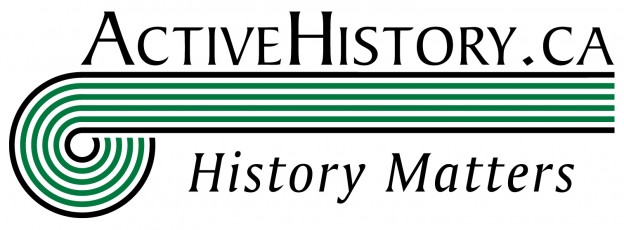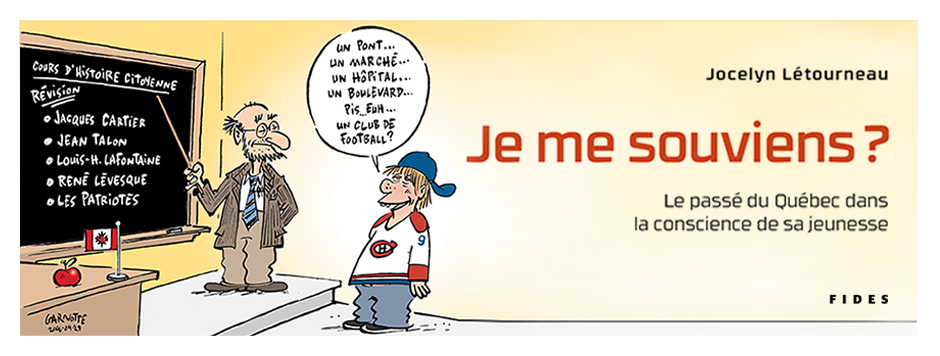
Published in ActiveHistory.ca
This research helps us reflect on how to teach history to youth. We know to which extent, over the past twenty years, the historical thinking paradigm has influenced academics and teachers. Without diminishing the important contribution this intervention has made in teaching history, we need to acknowledge that historical thinking is not easily implemented in the concrete context of the curriculum or classroom.
We have arrived at this conclusion by examining a subset of students in Quebec’s mandatory History and Education to Citizenship course who, in principle, have been introduced to historical thinking methods. It appears from their submissions, however, that even after learning about historical thinking, students continue to adhere to canonical visions of Quebec’s past; a past that’s binary, simplistic and divided. Of course, it is possible that the historical thinking paradigm was not fully applied in the classroom and therefore these responses have nothing to do with its putative failure to fulfill its promise. It is equally possible, however, that the strong voices supporting this paradigm under-estimate a number of significant realities:
- Youth develop their understanding and vision of history outside of the classroom as much, and often more, than inside the classroom.
- Youth quickly forget most of what they are told or learn in class.
- The grand national narratives remain a ready-to-use framework or template for young people diligently searching to make sense of the past that allows them to live efficiently in society (or at least pass the exam!).
Suggestions:
Dans: Articles


